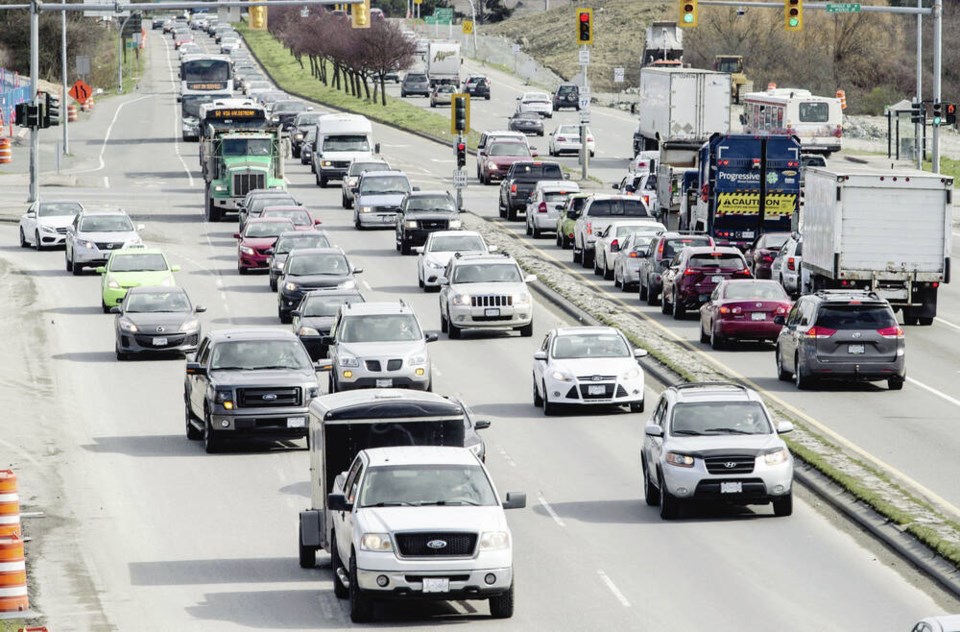Road rage is a spectre of modern day driving. Its shadow can make us both a perpetrator or a victim, depending on the day. We’re all human so there’s no escaping its pall. But as good drivers and better citizens it’s our job to limit road rage incidents down to negligibility.
Road rage can lead to motor vehicle or criminal charges, civil suits, injury, even death or worst of all, everlasting Youtube infamy.
Why does it happen? I’m not qualified to discuss the psychology, but as a layman who’s been driving for 40 plus years, here’s my take.
Anonymity: How different would the social media world be if right after you pushed “enter” your name, address and phone number popped up inside that post? Facebook would have gone out of business 10 years ago. Inside a car people feel the same way. They’re responding to the actions of someone they’ll probably never see again. That belief in being unrecognizable emboldens actions like honking, fingering or yelling.
Displaced anger: Many people out there are just angry to begin with. They’ve lost a loved one or a job, had a domestic dispute, are being bullied, they’re drunk or sobering up. Basically there’s a chip on the shoulder, sometimes a permanent one. Your driving action is the spark causing them to blow.
Entitlement: “I’m the best driver on the road. Just ask me.” People see other’s mistakes on the road as idiocy or incompetence, made by a lesser driver, well below their own standards. They may also falsely perceive inadvertent acts as intentional ones. Some entitled drivers suffer from the very dangerous illusion that aggressive retaliation driving on their part, puts them back in control. Aggression coupled with the illusion of re-attaining control, causes loss of judgment, loss of overall road perception and loss of cognition. It becomes one of the most dangerous situations we can face on the road.
So how do we avoid being the spark that sets off road rage behaviour?
To start, lay off the horn. It should only be used as a warning signal to avert an incident or call another driver’s attention to a problem, like not noticing their light has turned green. Don’t use your horn in frustration to clear a path for yourself or to make someone stop texting. I’ve received a few horn blasts myself when someone had to manoeuvre around me as I’m making a legal left hand turn, simply because they feel inconvenienced.
Keep your distance. One of the leading causes of road rage is tailgating. When you do that, you’re transferring your frustration to that other driver and that may be their final straw.
Shoulder check when changing lanes. This is another high flier in road rage causation. An unsafe lane change is very dangerous, especially on highways. That inadvertent action may be perceived as an intentional one by a driver who is having a really bad day.
Cool down and don’t retaliate. Take a few breaths and re-assess. Road rage incidents are often a chain of escalating events. Don’t add to the mix. If you witness bad road behaviour, become a witness not a retaliator. Make a note of the licence plate and the driver’s description. There’s a good chance that their bad behaviour is already being reported by someone else. Your additional observations later on can ensure enforcement action becomes a solid case.
So despite your best efforts you find yourself in a road rage incident, what then?
Don’t return gestures. That may be the only thing the other driver needs to feel better. Let it go. Returning a gesture can be the next step in escalation.
On crowded highways, use the left lane only for passing. It’s simple driving courtesy and the law requires it. If you are already in the left lane and someone comes up fast from behind, move over and let them pass. You are also in a much safer position to have that rager in front of you where you can see what’s happening.
Give yourself time. By adding more time before your journey you’ll avoid building frustration when you meet road construction, congestion delays or broken down vehicles.
Finally, if you’re being pursued by a rager head to a police station or even a hospital emergency room as there are often a few cop cars there.
Prevention is always your best defence. Consider not driving at all if you’re having a bad day or at least waiting until congestion has died down. If you’re on the receiving end, keep calm while focusing on de-escalation actions. The rules of the road apply to everyone. By being a good driver who follows the rules you’re already doing your part to keep rage off of our roads.



